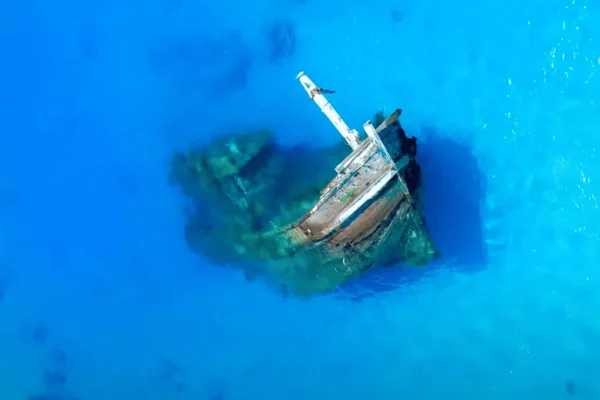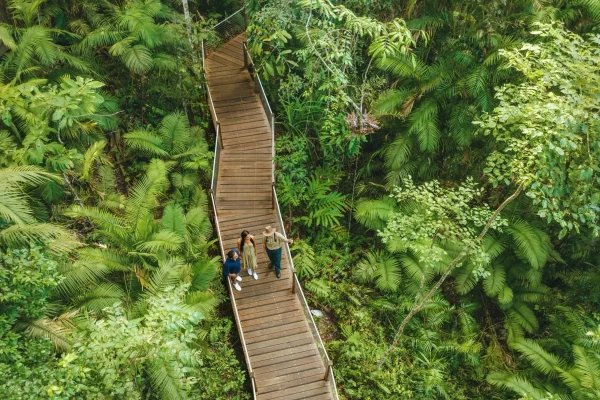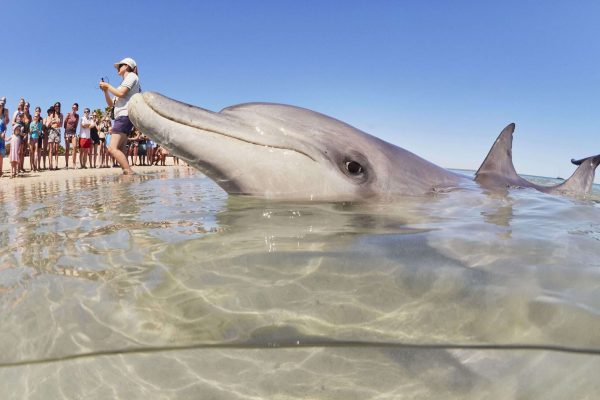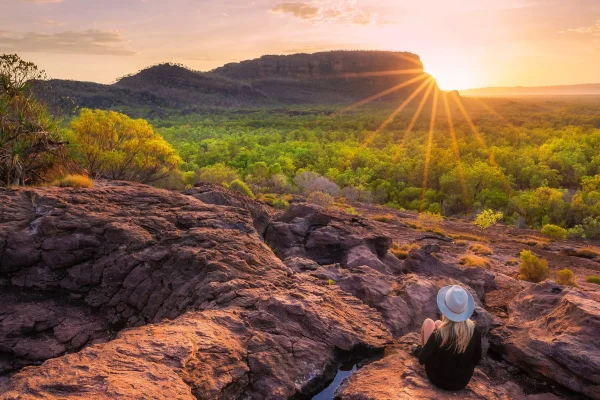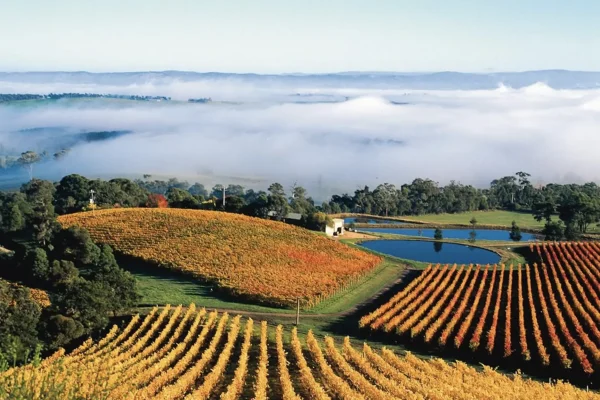The Cape Otway to Aire River Hike is a must-do on the Great Ocean Walk. This 10km section has it all, from rugged coastal cliffs to peaceful riverside camping. Whether you’re an experienced hiker or just looking for a quick escape into nature, this hike is perfect for taking you to the beautiful Port Campbell National Park. With landmarks like the Cape Otway Lightstation, Station Beach and Rainbow Falls, every step of the way reveals a new wonder. This guide has everything you need to know to tackle the trail with confidence and make the most of your day.
What to Expect Along the Trail
This section of the Great Ocean Walk has it all: natural and historical. Starting at the Cape Otway Lighthouse, the trail winds through dense coastal woodland, open heathlands and dramatic cliff-top paths. You’ll see calcified cliffs, rock shelves and secluded beaches like Milanesia Beach and Shelly Beach. The ever-changing scenery means there’s something for everyone, whether you’re a nature lover, a history buff or looking for a challenge. The hike ends at the Aire River West Campground, where the river meets the sea.
You’ll be treated to stunning views at every turn, ocean vistas and greenery. You’ll have plenty of opportunities to rest at Station Beach or explore Johanna Beach, famous for its white sand and big surf. These are great spots to stop for lunch or take in the raw beauty of the coast.
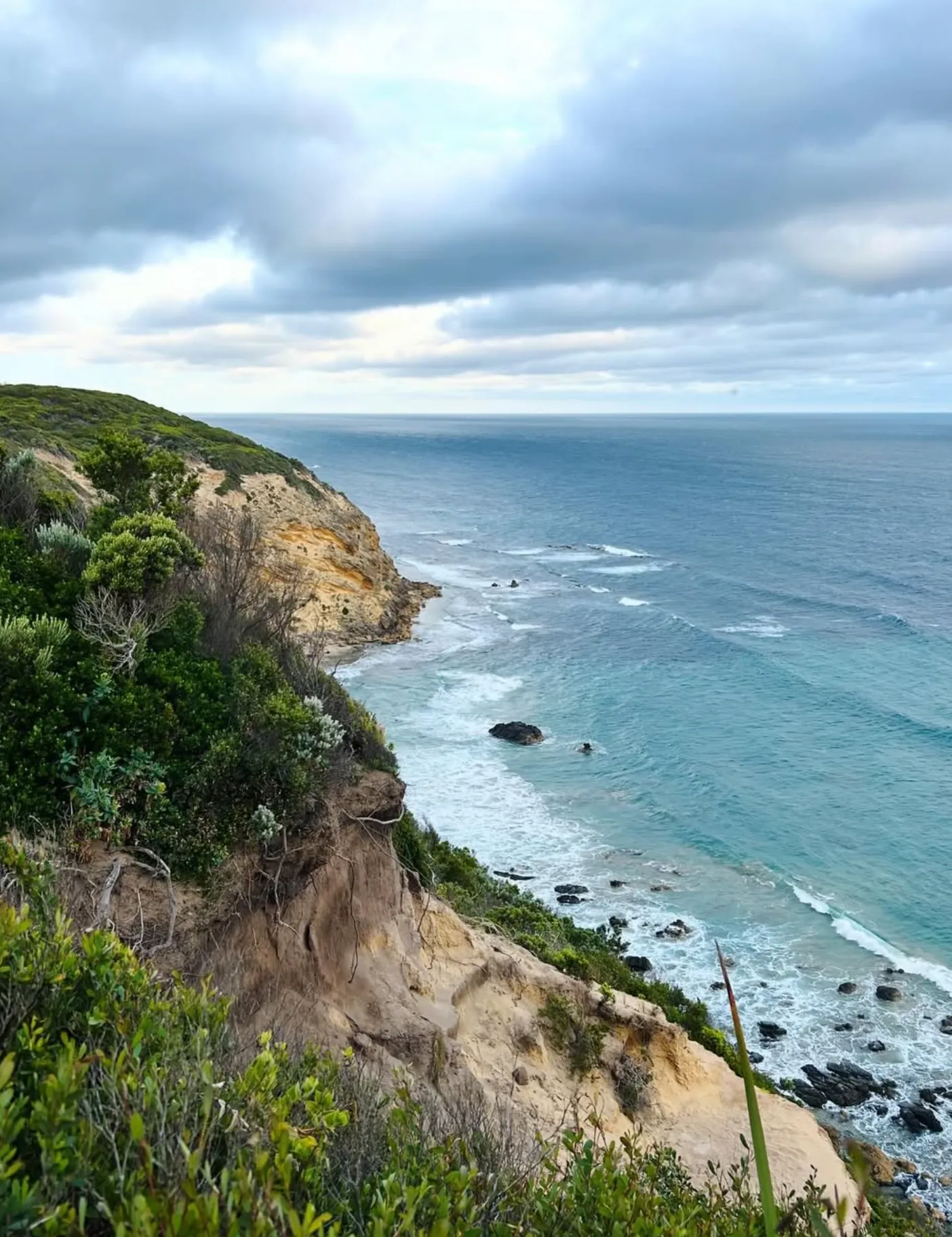
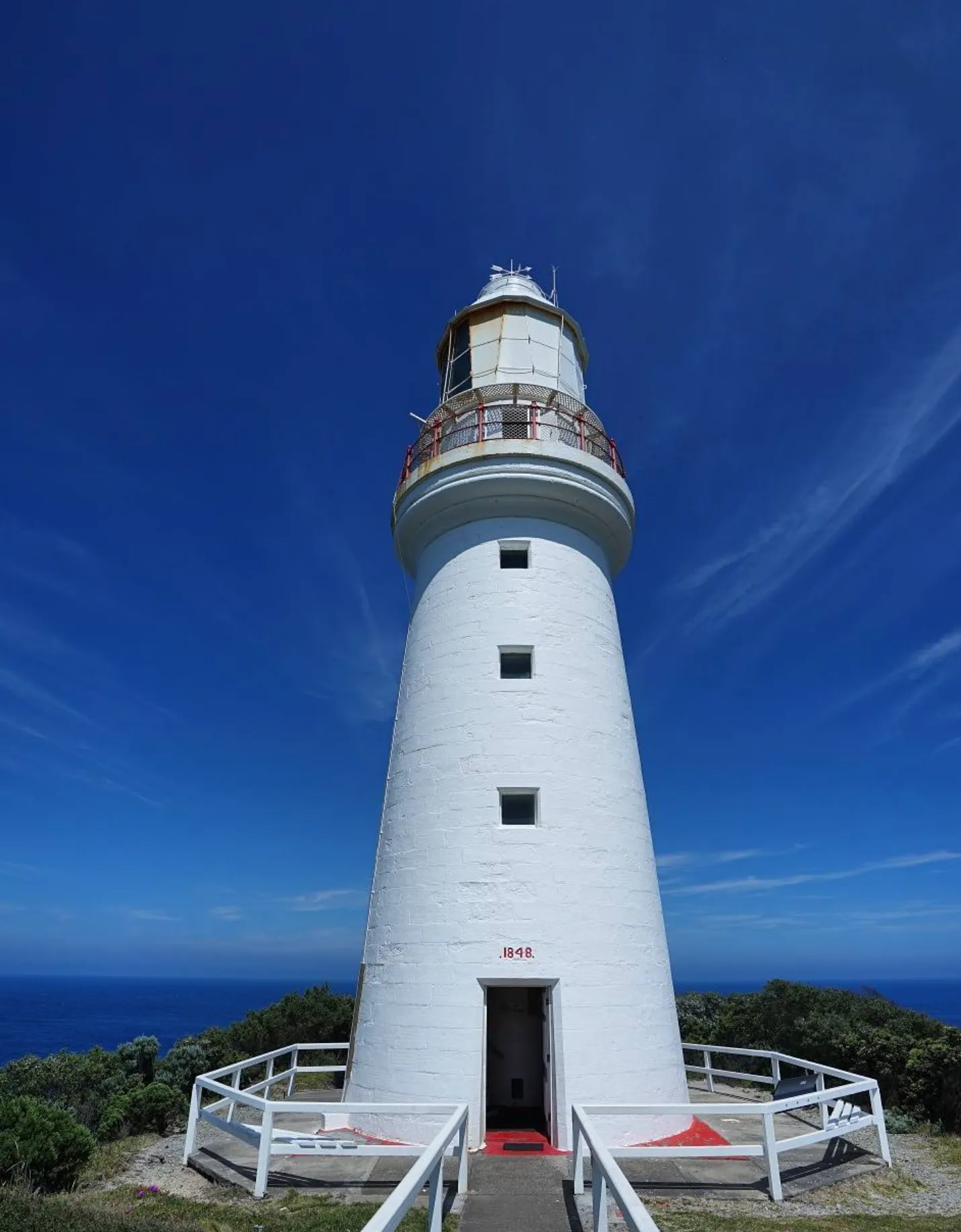
The History Behind the Cape
Cape Otway has both Indigenous and colonial history. The traditional owners of the land, the Gadubanud people, have lived here for thousands of years, with evidence of their presence in ancient middens and other archaeological sites. Their connection to the land is evident in the landscape.
European settlement brought a new chapter, and the construction of the Cape Otway Lighthouse was completed in 1848. This lighthouse, also known as the Cape Otway Lightstation, was instrumental in guiding ships through the treacherous Bass Strait. You can visit the lighthouse precinct and the nearby Cape Otway Cemetery to get a glimpse into the lives of the early settlers. Further along the trail, you’ll see remnants of shipwrecks at Wreck Beach, a sobering reminder of the region’s maritime history.
Trail Highlights
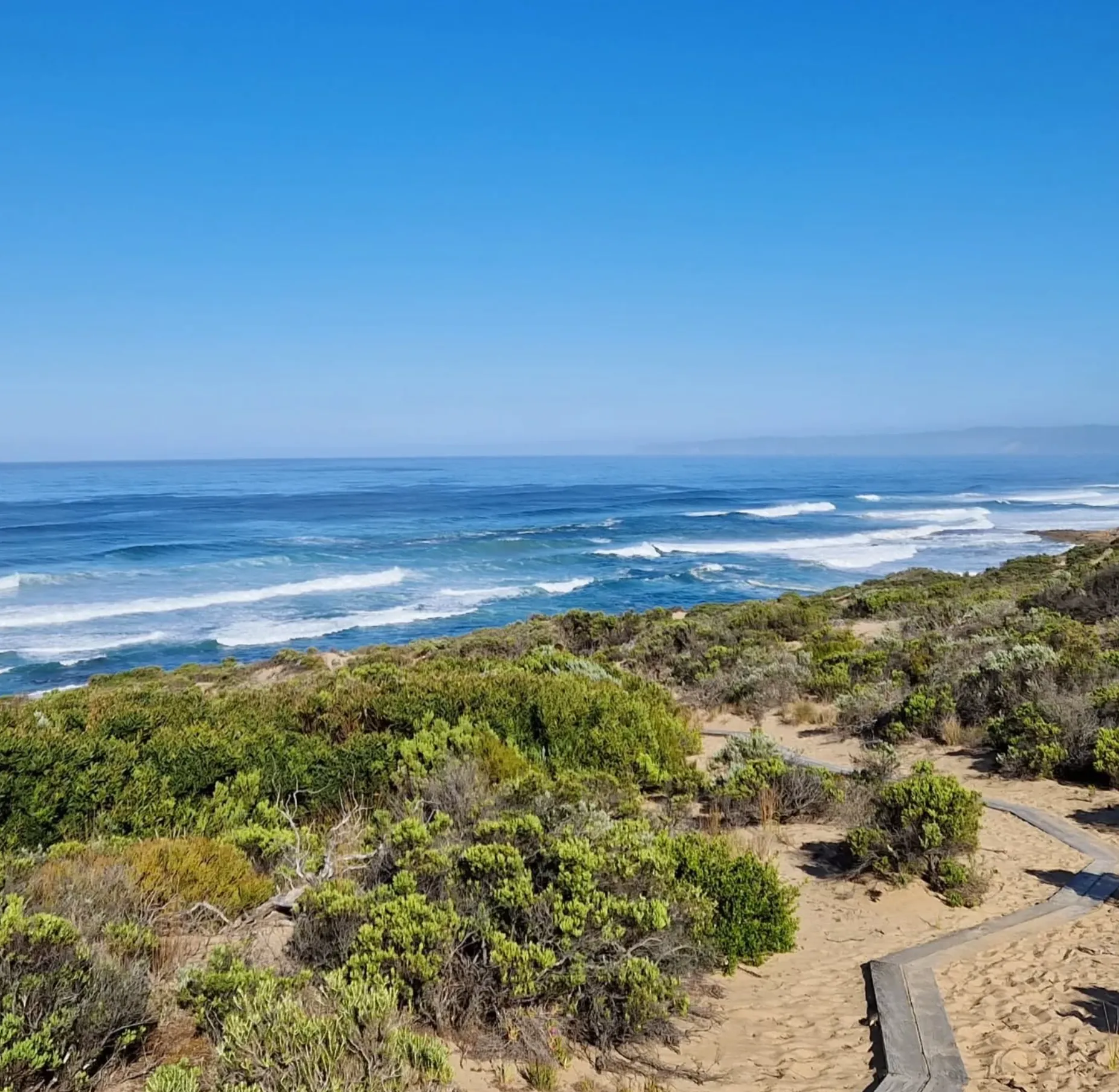
Best Time to Hike
Timing is everything. The best time to hike is spring (September to November) and autumn (March to May). In spring wildflowers bloom along the trail and it’s beautiful. In autumn it’s cooler so you can hike for longer without the heat.
Be aware of seasonal variations. Summer is hot, and bushfires are more likely, so check bushfire warnings and official government sites for updates. Winter brings more rain, which can make some sections slippery and waterlogged, especially around rock platforms and soft sand areas.
Trail Difficulty and Preparation
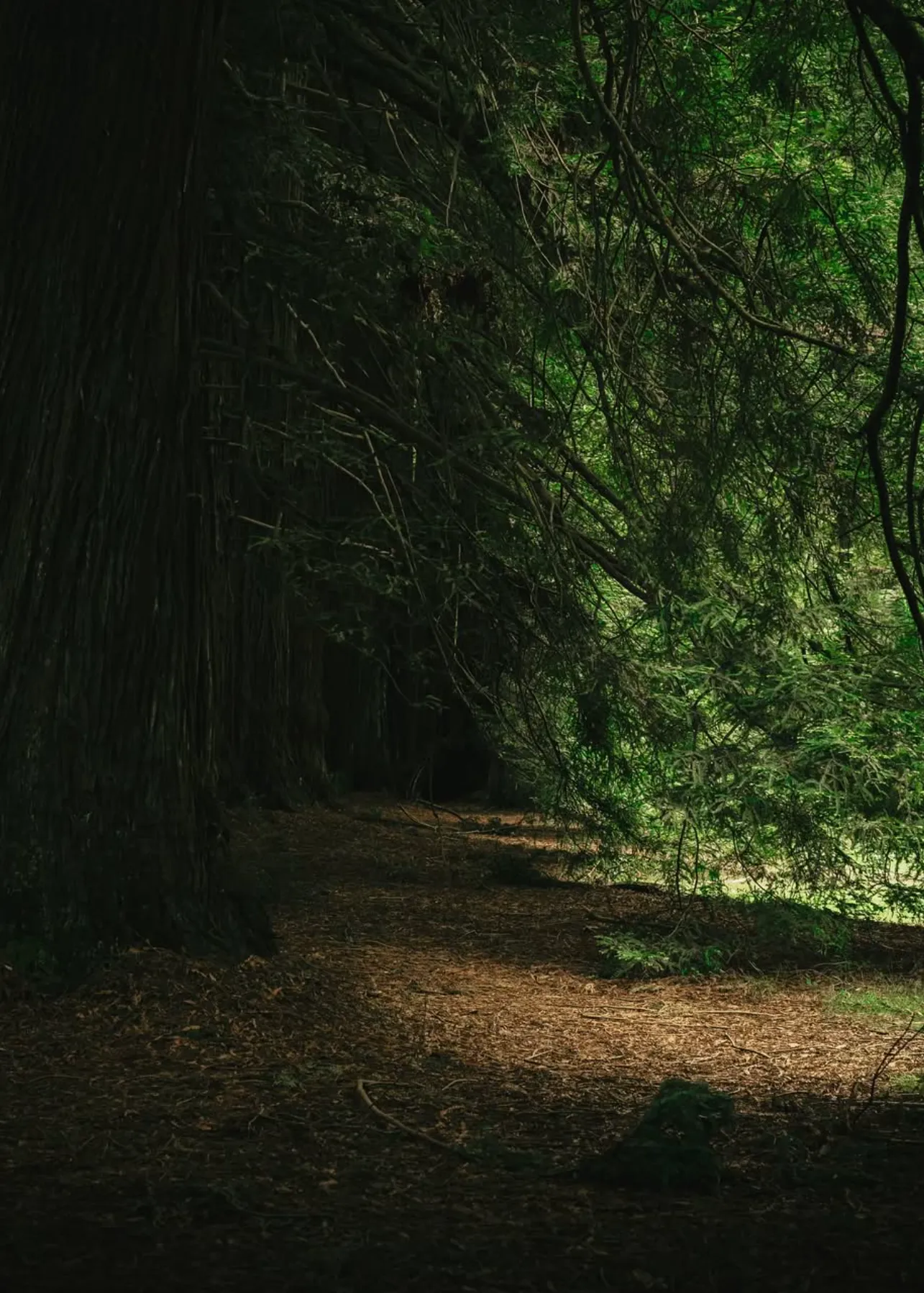
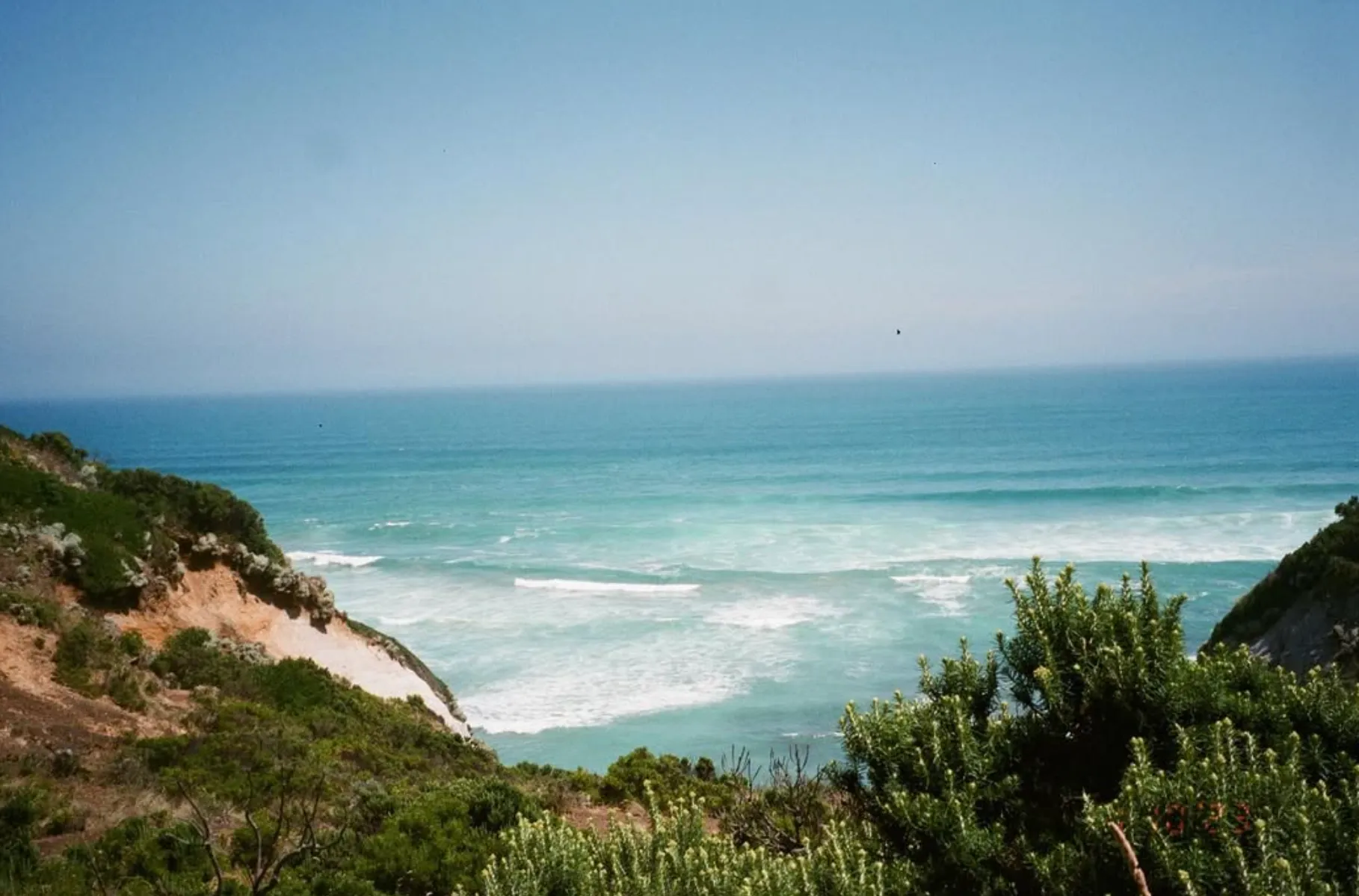
The Coast
The coastal sections of this trail have some of the most spectacular views on the Great Ocean Walk. From the calcified cliffs of Castle Cove to the secluded Wreck Beach, the coast here is wild and rugged. The sound of the waves and the sight of the endless ocean is truly immersive.
As you walk along the cliff tops keep an eye out for rock shelves and tidal pools, they are teeming with marine life. During the right season you may even see whales or dolphins playing in the water below.
Cliffs and Beaches
Flora and Fauna
The trail is a wildlife lover’s paradise. The coastal woodland along the Great Ocean Road is home to many bird species including king parrots and kookaburras. Early morning you may see wallabies along the trail or koalas in the eucalyptus trees. The heathlands are ablaze with wildflowers in spring, so the trail is a colourful backdrop for your hike.
The estuary at Aire River is a birdwatcher’s hot spot, with herons and ducks commonly seen. The diverse ecosystems from sand dunes to inland tracks mean there’s something new to see at every step of the hike.
Safety and Precautions
Camping at Aire River
Aire River West Campground is a great place to rest for hikers. With camp chairs and toilets it’s a comfortable spot to overnight. Surrounded by calm waters and greenery it’s a perfect place to chill. Hikers can also consider nearby sites like Ryans Den Great Ocean Walk Campsite Night and Devils Kitchen for more scenic overnight options.
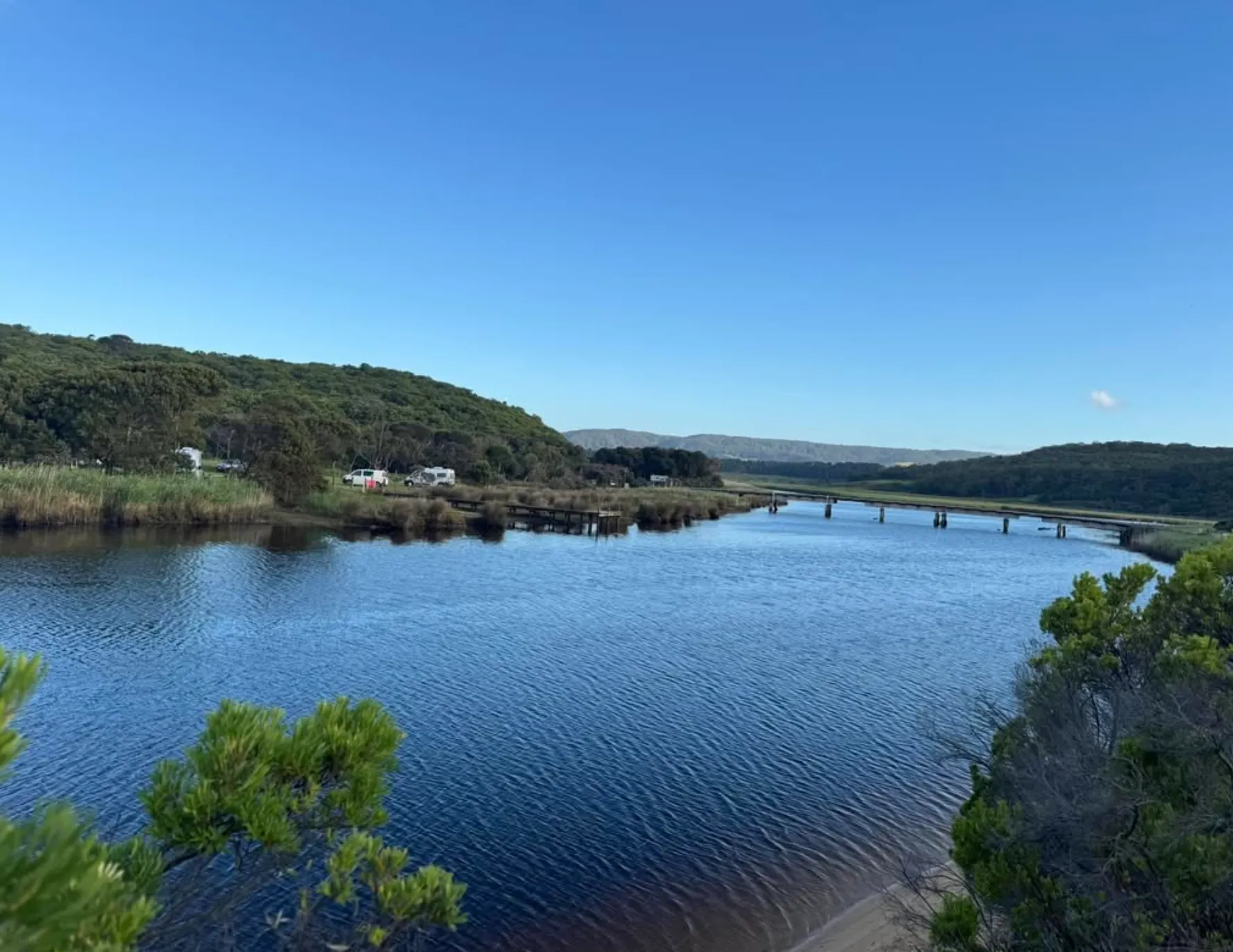
FAQ
Is there public parking at the trailheads?
Yes, there is public parking at both Cape Otway Lightstation and Aire River West Campground, as well as day-visitor car parks and long-term parking.
3 to 4 hours depending on your pace and how long you stop at viewpoints or rest stops like Johanna Beach Car Park.
What to bring?
Essentials are sturdy shoes, trail map, water, snacks, sun protection and weather appropriate clothing. For overnight stays bring camping gear, waterproof marquee and camp stove.
Are there alternative routes?
Yes, there are alternate routes and inland routes if bad weather or bridge damage. Always check with Trail Hiking Australia for up to date trail info.
Is the Cape Otway to Aire River Hike Family-Friendly?
Some parts of the trail are family friendly but some parts like steep climbs and loose sand may not be suitable for younger kids. Best for families with older kids and some hiking experience.


